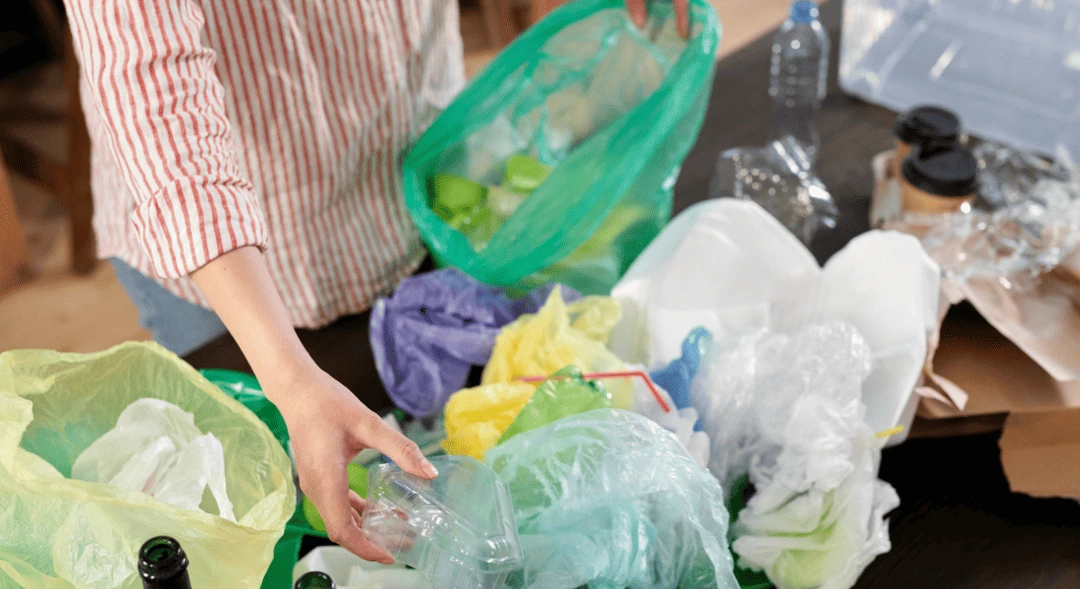-
MenuBack
-
Products
-
-
-
By profession
-
-
-
By profession
-
-
-
-
-
By product category
-
-
-
By profession
-
-
-
-
-
By product category
-
-
-
-
-
-
By product category
-
-
-
By profession
-
-
-
Business
-
- Destocking
- Second-hand
-
Customer projects
-
-
My layout project
-
Published on : 06/18/2021
The anti-waste law, what it includes
Fighting against waste, better informing consumers, saying goodbye to disposable plastic: here are some of the challenges of the anti-waste law.

The main axes
Promulgated on February 10, 2020, the anti-waste law aims to put in place several articles in order to fight against the different forms of waste: plastic, food or even overproduction.
This law has 5 main axes:
- come out at all disposable
- better inform consumers
- fight against waste and for solidarity reuse
- act against planned obsolescence
- better produce
Transforming our economy
%20(1)_11zon.webp)
Efficient resource management
Getting out of a linear system (all disposable) and moving towards a circular economy is one of the main subjects of this law. To do this, several steps need to be modified:
- better design products to make them more sustainable
- adopt responsible consumption by educating consumers more
- create new resources through waste sorting and recycling
This circular economy can allow companies to better control their production and their impact on the environment. Some expert research teams are able to imagine innovative systems in line with the challenges and constraints of your company. Whether it is an optimization or a transformation of the value chain.
Goals to come
Better inform the consumer
- Make sorting more efficient thanks to a unique logo, sorting methods and harmonization of the color of the bins
- Require the availability to the public of information about products containing endocrine disruptors in a format that can be exploited by applications
- Communicate to consumers the equivalent of their internet and mobile greenhouse gas consumption
- Require information on the legal guarantee of conformity
Fight against waste and for solidarity reuse
- Prohibit the disposal of unsold non-food items
- Fight against food waste
- Create funds for reuse
- Allow drugs to be sold individually
- Stop the systematic printing of receipts
- Putting the circular economy at the heart of public procurement

